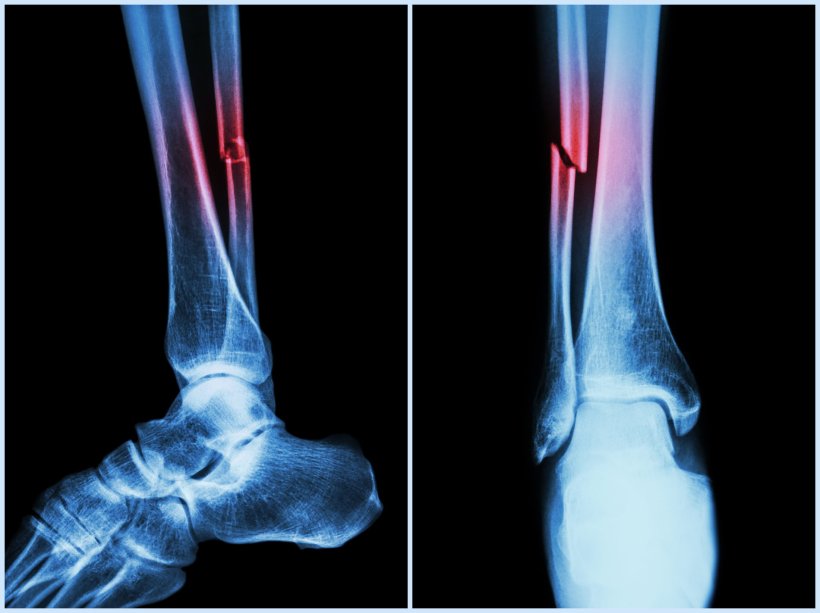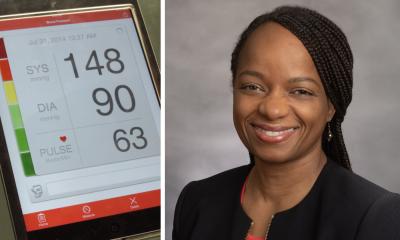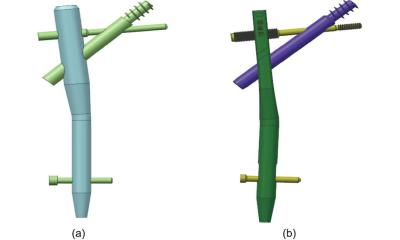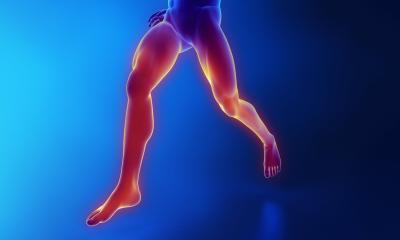
Image source: Adobe Stock/stockdevil
News • Osteoporosis bone damage
New model to accurately identify fracture risk
A more accurate approach to predicting fractures due to osteoporosis could help protect patients, particularly people with multiple health conditions, according to research from the Universities of Dundee and Edinburgh.
The study, published in The Lancet Healthy Longevity, saw the researchers use anonymised electronic health records from more than 1.7 million people in the UK to develop a new approach to calculate a person’s fracture risk.
One in two women and one in five men over the age of 50 years are estimated to sustain one or more fractures from a fall, slip, or trip in their lifetime. No single test can predict who will sustain a fracture. As such, many clinical risk factors need to be considered to predict a person’s individual risk.

Image source: University of Dundee
The Dundee-Edinburgh team refined existing methodologies to consider the competing risk of mortality and found this new approach to be a more accurate way of predicting fracture risk. “Fractures due to osteoporosis are very common but medicines can be used to prevent fractures if we can identify those people most likely to experience them,” explained said Dr Daniel Morales, of the Division of Population Health and Genomics in Dundee’s School of Medicine. “There are existing tools used in general practice to calculate a person’s risk of fracture and to identify those patients most at risk. Whilst further evaluation is required, the new approach may perform better than one recommended in the UK clinical guidelines, particularly in older people or people with multiple health conditions. This is important as it could help prevent serious fractures which have a significant impact on many adults across the UK, with the related pressure on primary care services.”
The study looked at people aged from 30 to 99, using anonymised data held in the Clinical Practice Research Datalink GOLD dataset. The researchers who conducted the study were funded by National Institute for Health and Care Research, Wellcome Trust and Health Data Research UK.
Source: University of Dundee
06.01.2023










